Keeping dogs in your home may look very fancy and so cliche but dogs have long been revered as guardians for our homes. Their natural instincts and loyalty make them valuable in enhancing home security.
Understanding the roles of watchdogs and guard dogs is very essential for selecting the right breed for your specific needs. Watchdogs excel very well at alerting and deterring threats through noise, while guard dogs offer physical protection and confrontation
This article will explore the top breeds for each category, their characteristics, and the benefits they bring to home security.
Definition and Role of a Watchdog
Watch Dogs are mainly bred and trained to serve as alert systems. In fact, they play a very crucial role in home security by providing early warnings of potential threats. They are specifically designed to monitor their environment and signal their presence through vocal alerts.
Key Characteristics of Some Top Breeds
- Alerting and Monitoring
The core characteristics of a watchdog is to maintain vigilance over its surroundings and alert its owners to any unusual activity or potential threats. This is achieved through persistent barking, which serves as an early warning system.
By barking loudly and frequently, watch dogs draw attention to themselves and the potential intruders, often deterring them from proceeding further.
For instance, the Dachshund—known for its characteristic barking—serves effectively as a watchdog due to its keen senses and alert nature.
Earlier on, Dachshunds were used for hunting small game, which required them to be highly responsive to stimuli in their environment. Today, their alertness translates well into their role as a watchdog in a residential setting.
- Non-Confrontational Nature
Watch Dogs typically do not engage physically with intruders. Their primary mode of deterrence is their noise and presence.
This non-confrontational nature means that while they are effective in alerting owners to potential issues, they are not necessarily trained or suited for physical confrontation with intruders.
Instead, their role is more about early detection and alerting homeowners to take necessary precautions or involve additional security measures.
For example, the Chihuahua, despite its small size, is known for its formidable barking and alertness.
Originally known as companion dogs in Mexico, Chihuahuas have an innate tendency to bark at perceived threats, making them effective watchdogs in smaller homes or apartments where their vocalisations can alert owners to any unusual activity.
- Applications and Effectiveness
The applications and effectiveness of a watchdog can vary depending on its breed, training, and the environment in which it is placed.
For instance, Miniature Schnauzers, with their intelligence and vocal nature, are well-suited for urban environments where their barking can serve as an alert system for apartment dwellers.
Their alertness and tendency to bark at any unfamiliar sounds make them reliable watchdogs in settings where immediate human intervention is needed.
In contrast, larger watchdog breeds, such as the Great Dane, may also serve as effective watchdogs due to their imposing presence, though their role is often complemented by their ability to physically deter intruders.
The sheer size and loud bark of a Great Dane can be enough to dissuade potential threats from approaching a property.
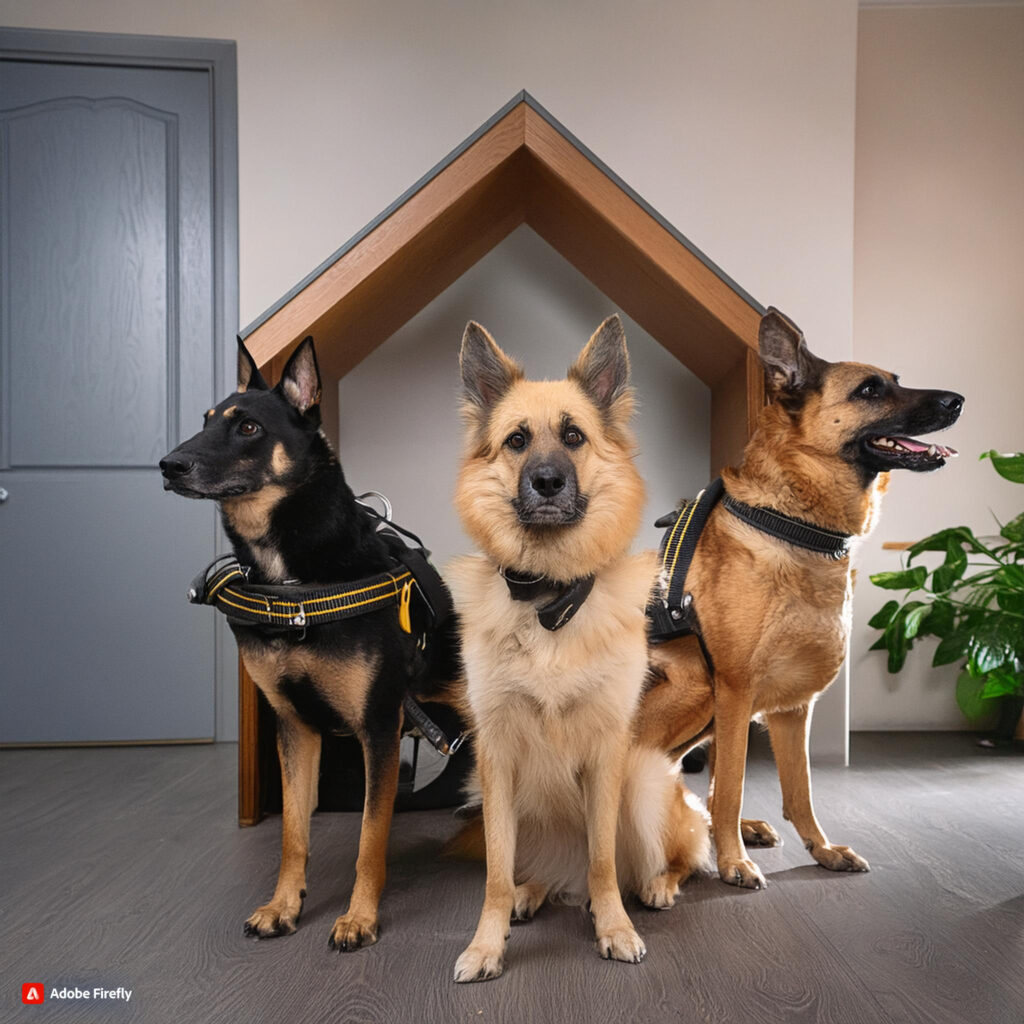
Other Breeds of Dogs and Their Characteristics
Jack Russell Terrier
The Jack Russell Terrier is a breed known for its high energy levels, alertness, and distinctive vocal nature. Originating from England, these small dogs were initially bred for fox hunting, which explains their high drive and responsiveness.
They are characterized by their robust physical condition and an instinctive tendency to be vigilant, making them highly effective as watchdogs.With their boundless energy, they require regular physical activity and mental stimulation, making them ideal for homes where they can engage in frequent play and exercise.
Due to their high energy levels, they may not be well-suited for larger properties because their need for constant stimulation might be challenging to meet.
Additionally, their vocal nature and alertness make them a good fit for environments where their watchdog abilities can be fully utilized, such as apartments or small houses where their alertness can contribute significantly to home security.
Pomeranian
The Pomeranian, a breed known for its lively personality, alert demeanour, and inquisitive nature, is a small dog with a big presence. This breed, which hails from the Pomerania region of Germany and Poland, is characterized by its distinctive fluffy coat and energetic disposition.
Pomeranians are naturally curious and observant, traits that make them vigilant watch dogs. Their small size belies their capacity for alertness and engagement.They possess highly developed senses, particularly their hearing and sight, which contribute to their effectiveness as watchdogs.
Their protective nature is evident in their readiness to alert their owners to any perceived threat. For instance, a Pomeranian’s sharp hearing allows them to detect noises from a distance, prompting them to bark and alert their owners.
Definition and Role of a Guard Dog
Guard dogs are specialized type of dogs trained to deliver active protection, which sets them apart from other types of security dogs. Their primary role extends beyond mere alerting and involves engaging in physical confrontation if needed.
This specialized training prepares them to handle high-risk situations where a proactive and often physical response is required to ensure safety and security.
Key Characteristics of Some Top Breeds
Core Responsibilities
Active Protection
- Guard dogs are trained to act decisively when they perceive a threat. This involves not just alerting their owners to the presence of an intruder but also taking action to neutralize the threat.
Their training enables them to physically intervene, making them crucial in scenarios where verbal warnings or deterrent measures may not suffice.
An example is the Belgian Malinois, often employed in police and military roles and they are very renowned for its ability to apprehend suspects and neutralize threats through controlled force.
These dogs are integral to high-stakes security operations where physical intervention is necessary.
Physical Confrontation
- Unlike watch dogs, which rely on barking to scare off intruders, guard dogs are conditioned to engage in physical encounters if an intruder breaches their security perimeter. This includes biting, holding, and deterring an intruder until law enforcement arrives or the situation is resolved.
The Rottweiler is a typical example of a guard dog and its known for its strength and protective instincts. Rottweilers are capable of physically restraining intruders, showcasing their ability to handle direct confrontations effectively.
Deterrence and Control
- The mere presence of a trained guard dog can be a powerful deterrent against potential intruders. Their readiness to engage in physical defence, coupled with their imposing size and demeanour, often dissuades criminals from attempting to breach secure areas.
Bullmastiffs are known for this kind of strength, with their significant physical stature and natural guarding instincts, they serve as effective deterrents in both residential and commercial settings. Their formidable appearance and readiness to protect make them a strong visual and physical deterrent.
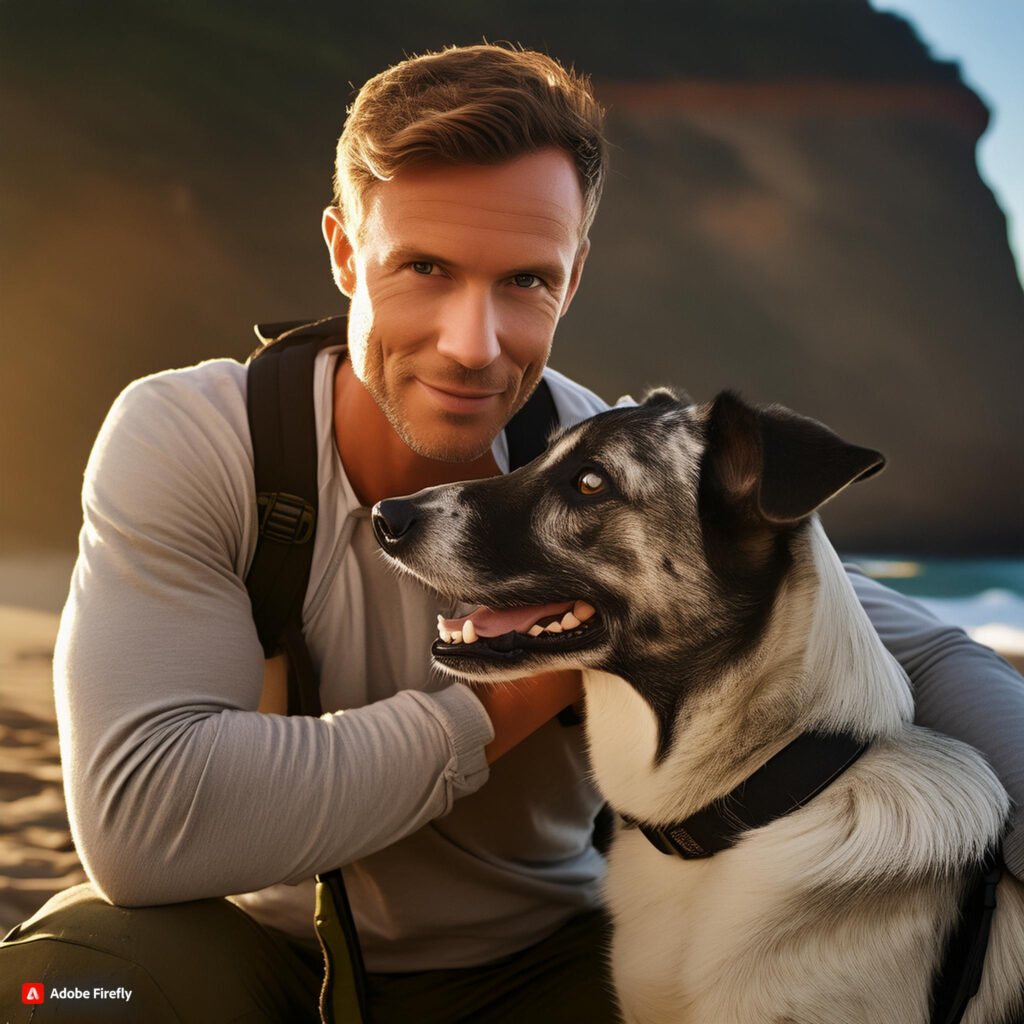
Training and Conditioning
Fundamental to a guard dog’s effectiveness is its ability to follow commands under stressful conditions.
Their training includes basic obedience,protection training and how they can differentiate between routine activities and genuine threats. which ensures the dog can respond to commands promptly and accurately, even during a confrontation.
The American Kennel Club highlights that training is essential for maintaining control over guard dogs during high-pressure situation.
The American Society for the Prevention of Cruelty to Animals (ASPCA) also emphasizes the importance of socialization in preventing behavioral issues and ensuring that guard dogs maintain a balance between aggression and control.

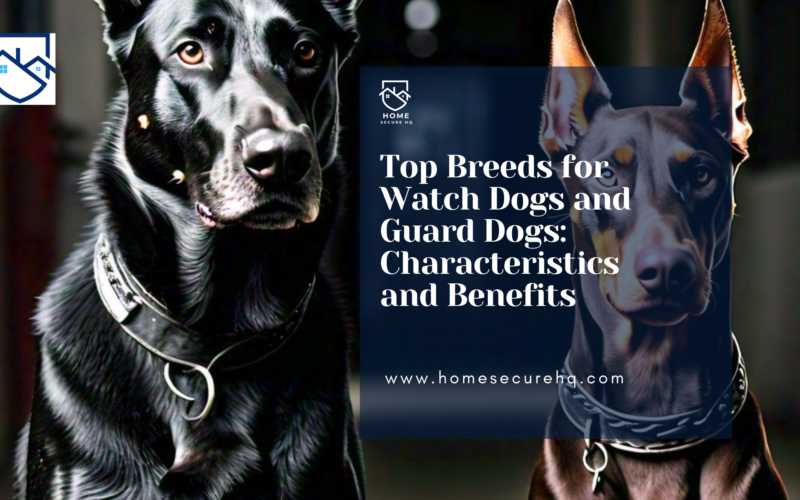
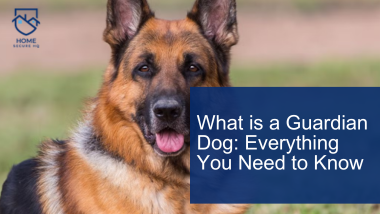

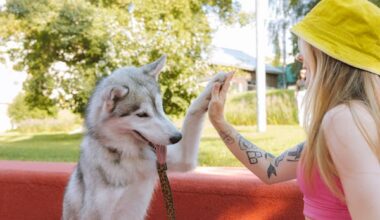
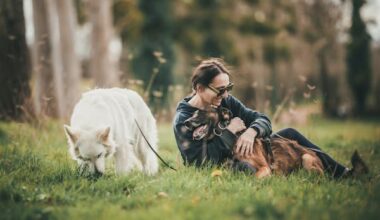
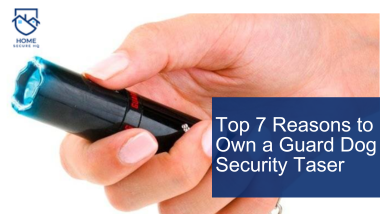
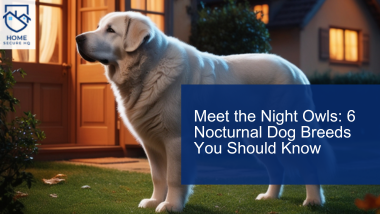
4 comments
I completely concur with the points you’ve presented in your post. They are quite persuasive and will certainly be effective. However, I feel that the posts are a bit brief for those who are new to the topic. Could you please extend them a bit in the future? Thank you for sharing your insights.
The degree to which I appreciate your creations is equal to your own sentiment. Your sketch is tasteful, and the authored material is stylish. Yet, you seem uneasy about the prospect of embarking on something that may cause unease. I agree that you’ll be able to address this matter efficiently.
I went over this web site and I conceive you have a lot of fantastic info, bookmarked (:.
Thank you
Comments are closed.